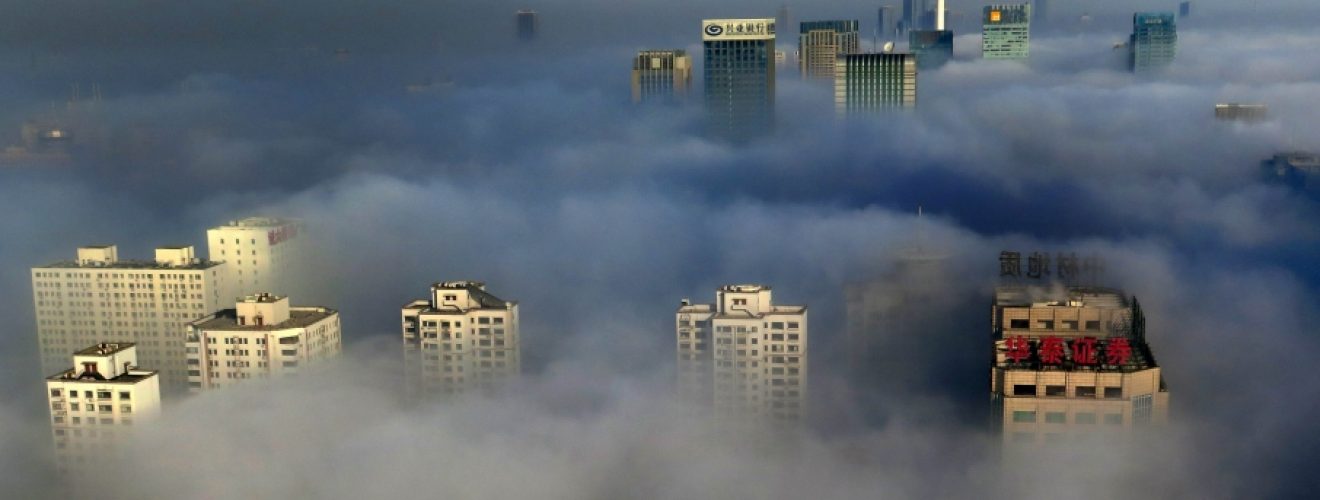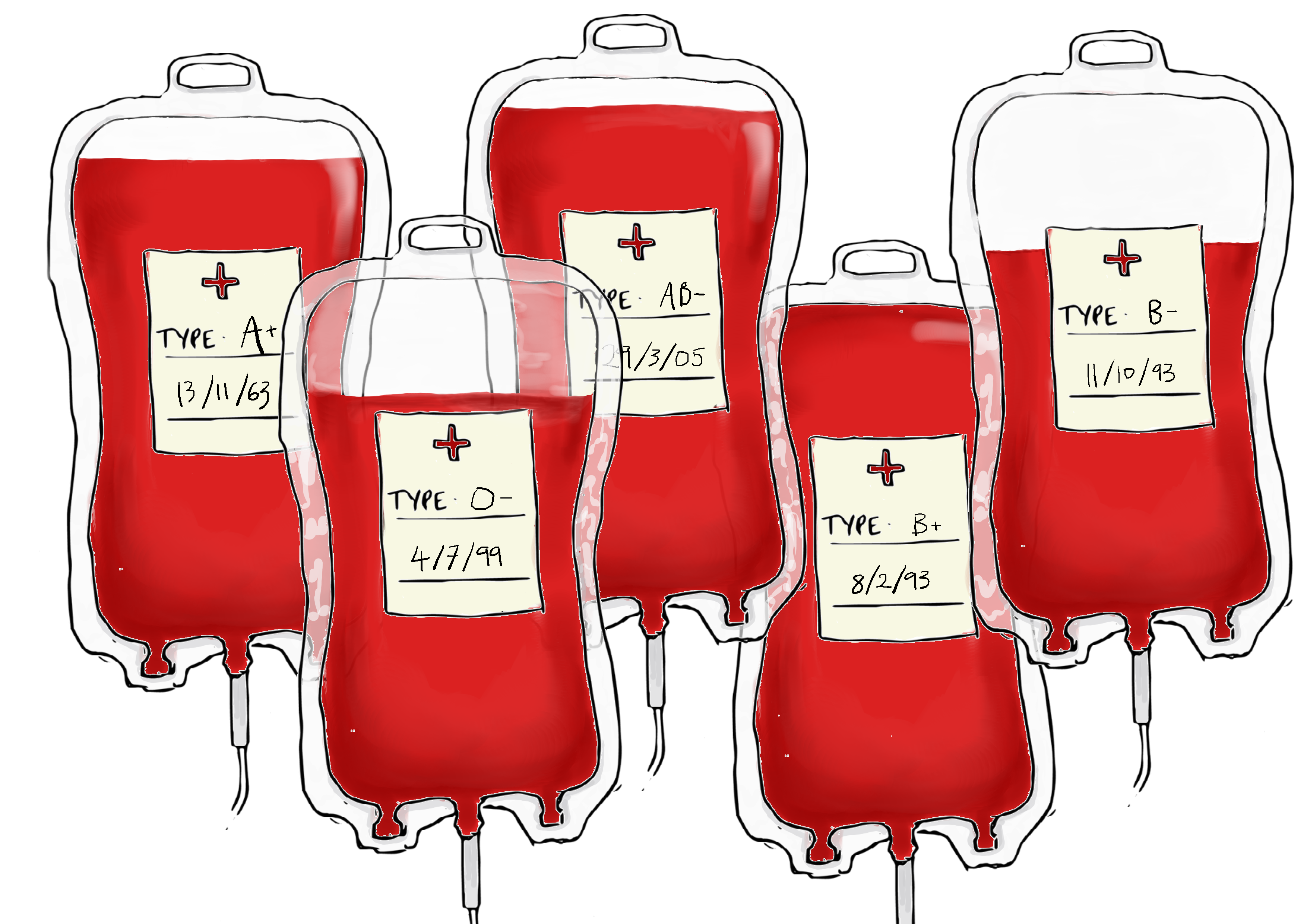Air Pollution, No Solution?

80% of urban areas are now exceeding the maximum restrictions set for air pollution limits as outlined by the EU commission and those figures don’t look to be improving!
We know we need clean air to survive, but do we give it much more thought than that?
The air is composed of a mixture of gases: mostly nitrogen and oxygen, with a tiny percentage of carbon dioxide and other trace elements such as argon. But what would the air look like if we viewed it at the molecular level?
We would see lots of molecules of varying sizes and shapes continually vibrating and colliding with each other, we would see their interaction with light from the sun, and we would also see molecules of oxygen being breathed in and exchanged for molecules of carbon dioxide.
Whenever the air is clean, we rarely notice; however, when the air is foul, we are acutely aware. The quality of the air we breathe is affected by pollutants which can be solid particles (also known as particulate matter) or gases that build up in the atmosphere to concentrations that are harmful to both our health and the environment. Technically, anything in a large enough concentration could be considered a pollutant and sources can range from the large-scale burning of fossil fuels, agriculture, and mining to more localised indoor pollution such as detergents, aerosols, and paint fumes.
Air pollutants come under two different classifications: primary or secondary. Primary pollutants are emitted directly from a source such as a factory, a vehicle, or even a forest and consist of contaminants such as carbon monoxide, oxides of nitrogen, and sulfur dioxide. Whereas, primary pollutants reacting in the atmosphere form secondary pollutants. These can be acids such as sulfuric and nitric, as well as ozone. Let’s look in a bit more detail at some of these pollutants.
Sulfur oxides (SOx) are compounds containing molecules of sulfur and oxygen in varying proportions, the most common of which is sulfur dioxide (SO2). It is a colourless gas formed from the burning of fossil fuels – such as coal and crude oil – but is also released by active volcanoes. Sulfur oxides can have a detrimental effect on human health, causing irritation to airways and membranes, thus making breathing difficult. They can also produce secondary pollutants as when they interact with moisture in the air they produce acid rain. The impacts of acid rain are diverse, and it is a huge problem for buildings that are made from calcium carbonate (aka limestone) as this rain dissolves them! The Pantheon, one of Greece’s most historically significant buildings is not immune to this effect and is increasingly corroding away1. Acid rain has also been linked to the loss of forest in Germany due to increased acidification of the soil causing the premature death of leaves and roots2.
Nitrogen oxides (NOx) are brownish gases that are lethal in elevated concentrations, the most common of which is nitrogen dioxide (NO2). These are also produced from the high-temperature burning of fossil fuels, and to a far lesser degree they are produced naturally by lightning strikes. They are also responsible for increased acidification of soils, parallel to sulfur dioxide, but they can also cause eutrophication. During this process, bodies of water receive an abundance of nutrients causing dense plant growth, reducing the oxygen available for animals. The effects of inhaling nitrogen oxides are well known; icausing inflammation of the lungs and leads to increased cases of bronchitis3. Studies are ongoing to establish the links between the long-term effects of NO2 exposure and mortality.
The UK continues to struggle with its levels of NO2, and the main culprits are diesel powered vehicles, which currently make up 40% of all vehicles in use. Diesel powered vehicles are great at reducing the emission of CO2 in comparison to petrol fuelled transport. However, the catalysts they are fitted with help convert the potentially harmful NO into the lethal NO2 through a process called oxidation. Emissions have left the EU commission reeling as some areas of the UK are exceeding their permitted annual levels of NO2 in a matter of days! The UK government has been held to account for this by being threatened with a hefty £300 million fine, due to their failure to live up to the legislated pollution limits4. The UK has been in breach of the EU limits set for NO2 emissions since 2010. Subsequently, there has been an urgent call for a review of the Clean Air Act and for the setting of more ambitious targets to address the severe threat that air pollution poses to health. The UK is second only to Italy as having the worst emission record in Europe, being linked to around 40,000 premature deaths per year and burdening the public with health costs of £20bn every year5.
Another interesting pollutant is particulate matter (PM). Tiny solid (and sometimes liquid) particles suspended in the air constitutes PM; there are many different chemicals – including some metals – that comprise this form of pollution. They range in size, some being smaller than a human hair with others being large enough to see with the naked eye. The composition of the particulates vary with location and have numerous sources such as car exhausts, industrial factories and construction sites. Particulates are characterised by their size, for example PM2.5 and PM10 denote that the particulate matter is smaller than 2.5 and 10 micrometres in diameter respectively6, that’s comparable to the length of some bacteria! The microscopic scale of the particulates means that they can easily get trapped deep within the lungs – with some of the smallest passing into the bloodstream.
China has had extensive battles with air pollution. The country’s largest energy source is from burning coal, which is mostly responsible for the frequent episodes of thick smog which engulf its cities. In some areas, the PM2.5 levels have been recorded to be 40 times over the pollution limit: anything at that limit the World Health Organisation considers to be a severe health hazard. In recent years China has reexamined its environmental laws with the aim of aligning them with the US and UK’s own Clean Air Acts. However, China still experiences regular periods (some even lasting weeks) where the air quality is at levels damaging to human health. Nonetheless, recent reports have suggested that the increased urgency to tackle the problem has led areas of Beijing to create a ‘Smog Police Force’ with the aim of cracking down on polluters, even enforcing fines and detention sentences for continuing offenders.
China still has a long way to go to improve the quality of its air, but more ambitious regulations for emissions are certainly a step in the right direction. The UK has monitoring stations that form part of a larger network which is recording a variety of legislated air pollutants in an attempt to meet the environmental standards set. Although we don’t need to rely on government initiative, there are measures we can all take to increase air quality: from the conservation of our energy use to investments in renewable resources and the reduction in household chemical use.
Air pollution is a serious and complex issue with devastating consequences for the environment, public health and to government budgets. It truly is a concern that affects us all, and one that we can all help to mitigate. Together we can clean up our act.
This article was specialist edited by Kieran Tierney and copy edited by Richard Murchie.
References
- Air pollution damage to buildings on the Acropolis – Journal of Air Pollution Control Association http://www.tandfonline.com/doi/pdf/10.1080/00022470.1979.10470796
- Annual review of public health Vol. 15:107-132 D.W. Dockery, and C.A. Pope http://www.annualreviews.org/doi/abs/10.1146/annurev.pu.15.050194.000543?journalCode=publhealth
- Further reading on the subject of UK air pollution and recent research. https://www.chemistryworld.com/feature/urban-air-pollution/2500224.article
- Further reports from the Royal College of Physician regarding the health effects of Air Pollution can be found here.
https://www.rcplondon.ac.uk/projects/outputs/every-breath-we-take-lifelong-impact-air-pollution
- The full DEFRA report can be found here along with over 10 years of previous annual reports which make for very interesting reading.
- Further reading and infographics for air pollution from the Scottish Environmental Protection Agency. https://www.sepa.org.uk/media/120465/mtc_chem_of_air_pollution.pdf











Hey Maisie that was a wonderful and informative article on Air pollution. It is happening all across the globe and but one good thing I have noticed that due to a strict lockdown because Covid-19 helps in drastic decrease in air pollution in many countries. We can do that or give it a try.